Who doesn’t love a 5 ingredient, 10-minute side dish with no cooking required? Earthy baby beets on creamy labneh with nutty sprinkles of dukkah. Delicious!
Jump to:
Why You’ll Love Baby Beets with Labneh
This has got to be one of the best-looking side dishes assembled in under 10 minutes! Pre-cooked organic baby beets, this recipe is a game changer, especially when you’re cooking up a feast and need something quick that also looks fabulous.
There is no need to make your own labneh now that it is readily available. You’re just tearing the labneh ball into smaller pieces, add some baby beets, olive oil, dukkah and chopped dill, and you’re done!
This baby beet side dish is such a flavour bomb. Earthy, nutty, creamy, and ever so fragrant from the dill, it is a recipe worth keeping.
What Is Labneh?
Labneh, also known as labne or labna, is a type of strained yoghurt commonly consumed in Middle Eastern and Mediterranean cuisines.
Labneh is made by draining the whey from yoghurt, which leaves behind a thick, concentrated cheese.
The process of making labneh involves allowing the yoghurt to strain through a cheesecloth or fine mesh sieve, which allows the whey (the liquid part of the yoghurt) to drain away.
This straining process can take several hours or even overnight, depending on the desired consistency. The longer it strains, the thicker the labneh becomes.
Labneh has a rich and creamy texture similar to soft cheese or cream cheese, and it has a slightly tart and tangy flavour.

Where Is Labneh From?
Labneh is believed to have originated in the Middle East, specifically in the Levantine region, which includes countries such as Lebanon, Syria, Jordan, and Palestine. It has been a staple of Middle Eastern and Mediterranean cuisines for centuries and is commonly consumed in these regions.
The word “labneh” comes from the Arabic word “laban,” which means “milk.”
It was originally made to preserve milk in hot climates. The whey was drained from the yoghurt, which concentrated the milk and made it more shelf-stable.
Is Vacuum Packed Beetroot Cooked?
You may have seen vacuum packed beets in your supermarket, and they truly are my new best friend.
Vacuum packed beets are ready to eat as they are peeled and cooked. It is typically pre-cooked or pre-boiled, then vacuum packed and sealed to preserve its freshness. All you have to do is simply open them up and eat them whole or sliced and diced.
The flavours are well preserved in the packaging, and I have found this to be such a convenient way of consuming beets without all the fuss. Super quick, super yum and super healthy.

Recipe Overview
Flavour/Texture: For such a no fuss side dish, these baby beets sure pack a punch. The baby beets are sweet and earthy, while the labneh is ever so creamy and slightly sour. A nice counterbalance of flavour.
The dill brings citrus, grassy finishes and is ever so fresh and fragrant, while the dukkah brings a nutty crunch and provides the saltiness the side dish needs. Eat it all together and you have a party in your mouth!
Ease: Crazy easy. No cooking is required with these fabulous pre-cooked vacuum packed baby beets. Just place them on the labneh on a plate and sprinkle some olive oil, dill and dukkah.
Time: Less than 10 minutes. But still gorgeous enough for a fancy dinner or a midweek meal.
Ingredients
These are the ingredients you need for baby beets with labneh:

Labneh: Labneh is easy enough to find nowadays without having to make it yourself at home. There is plenty of variety to choose from, but for this baby beet side dish, it’s best to use plain labneh as we add a lot of flavour to it. Labneh can come as one large cheese or is commonly found as labneh balls.
Baby beets: You’ll be able to find vacuum packed baby beets in the cold section of the vegetable area in your supermarket. If not, you can just get fresh beets and make them yourself. Don’t get canned beets as they tend to have a tinny taste.
These pre-packaged baby beets are typically organic cooked beets that are non-GMO. Yet another reason to love them!
Dill: Chop up some fresh dill but don’t overdo it as it will overpower the flavours of the dish.
Dukkah: This recipe uses the traditional dukkah of just cashews, sesame seeds, cumin, cilantro, oregano, garlic, pepper, chives, basil, and salt. You can make it yourself if you prefer, but I just bought it from my local deli—plenty of different combinations for you to choose from.
Olive oil: Good quality olive oil for this kind of side dish is crucial. Drizzled over the labneh, it gives extra creaminess and silkiness to the dish, not to mention the freshness of good olive oil.
Variations and Substitutions
Labneh: If you love the idea of this baby beet side dish but can’t find labneh, there are some substitutes you can use. You can try Greek yoghurt, cream cheese, sour cream, mascarpone cheese or ricotta cheese.
Dill: If dill is too strong for you or if you’re simply not a fan, chervil or parsley would make a great alternative. Some fresh herbs would definitely enhance the dish.
Dukkah: Dukkah can be made at home, especially if you have all the ingredients. Alternatively, you can just sprinkle some finely chopped nuts and seeds of your choice.
Za’atar can also be used if you love all the herbs and spices, especially Za’atar with sumac, as it would go really well with the baby beets. For something less crunchy but still flavoursome, sprinkle some Ras el Hanout. This Moroccan spice blend is quite strong, so just a pinch would suffice.
Vegan option: Using unflavoured vegan yoghurt, you can make a vegan version of labneh.
Instructions
Step by step instructions for how to make baby beets with labneh:
Finely chop fresh dill. Tear the labneh roughly and place it in a circle in the middle of the plate.


Place the baby beets in the centre.
Sprinkle dukkah and drizzle some dill and olive oil on top.


Serve.
How to Make This Side Dish Perfectly [Expert Tips]
Good quality labneh: nothing quite beats good quality labneh. If you’re able to get them fresh from your local farmers market or Middle Eastern deli, that would be the first choice. Truly a cheese lover’s heaven!
Make it when it’s time to eat: As it only takes 10 minutes or less to make, get it ready just before you’re about to eat for maximum freshness and creaminess.
Too much dill: Dill is incredibly fragrant and using too much of it can overpower a dish. Use sparingly and follow the recipe amount.
What To Serve with This Side Dish
What to serve with baby beets with labneh? Try these delicious main dish recipes:
These lovely baby beets are so warm and earth in flavour. What it needs is a lovely slow cooker beef shoulder roast to accompany the side dish.
You can also try this instant pot sausage and pasta or sheet pan chicken thighs for a really nice and toasty family dinner.
Frequently Asked Questions
Labneh is a type of soft cheese that is made from yoghurt.
The process of making labneh involves straining yoghurt to remove the whey, resulting in a thicker and creamier consistency similar to cream cheese in texture. However, labneh is not technically a cheese because it does not undergo the same fermentation process as traditional cheeses.
Technically, cheese must be made from the curds of milk that have been pressed and aged, which labneh does not undergo. Thinking of it much like cream cheese would help you make the distinction, and it is often used as a dip or spread. Particularly delicious with warm pita bread.
Yes, labneh should be refrigerated. Like other dairy products, labneh is perishable and needs to be stored properly to maintain its freshness and prevent the growth of harmful bacteria. Refrigeration helps to slow down bacterial growth and extends the shelf life of labneh.
Labneh can be stored in an airtight container in the refrigerator for up to 2 weeks. If you want to store it for longer, you can cover it with olive oil. This will help to preserve the labneh and extend its shelf life. Labneh stored in olive oil can last up to 6 months in the refrigerator.
Vacuum packed beets can last for a long time if they are stored properly. The shelf life of vacuum packed beets depends on a few factors, including the freshness of the beets when they were vacuum packed, the temperature at which they are stored, and the type of vacuum packing used. It can generally last 4 to 6 months if unopened.
Once the vacuum seal is opened or compromised, the beets should be refrigerated to maintain their freshness. Refrigerated vacuum-packed beets can typically last for about 1 to 2 weeks.
Love good recipes with labneh and even more when you combine them with beautiful flavours and ingredients. The earthy and nutty combinations give rise to a side dish worth savouring.
That’s all!
More Vegetarian Side Dishes

Recipe
Baby Beets with Labneh
Click on the toggle below for conversion to US Cooking Units.
Instructions
- Finely chop fresh dill.
- Tear the labneh roughly and place it in a circle in the middle of the plate.
- Place the baby beets in the centre.
- Sprinkle dukkah and drizzle some dill and olive oil on top.
- Serve.
Notes
- If you love the idea of this baby beet side dish but can’t find labneh, there are some substitutes you can use. You can try Greek yoghurt, cream cheese, sour cream, mascarpone cheese or ricotta cheese.
- If dill is too strong for you or if you’re simply not a fan, chervil or parsley would make a great alternative. Some fresh herbs would definitely enhance the dish.
- Dukkah can be made at home, especially if you have all the ingredients. Alternatively, you can just sprinkle some finely chopped nuts and seeds of your choice. Za’atar can also be used if you love all the herbs and spices, especially Za’atar with sumac as it would go really well with the baby beets. For something less crunchy but still flavoursome, it would be to sprinkle some Ras el Hanout. This Moroccan spice blend is quite strong so just a pinch would suffice.
- Using unflavoured vegan yoghurt, you can make a vegan version of labneh.
Nutrition
*Disclaimer: Nutritional information provided is an estimate only and generated by an online calculator.
Follow us on Facebook, Pinterest, Instagram and Twitter for the latest updates!
Disclaimer: This site contains affiliate links to products. We may receive a commission for purchases made through these links at no additional cost to you.






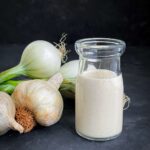








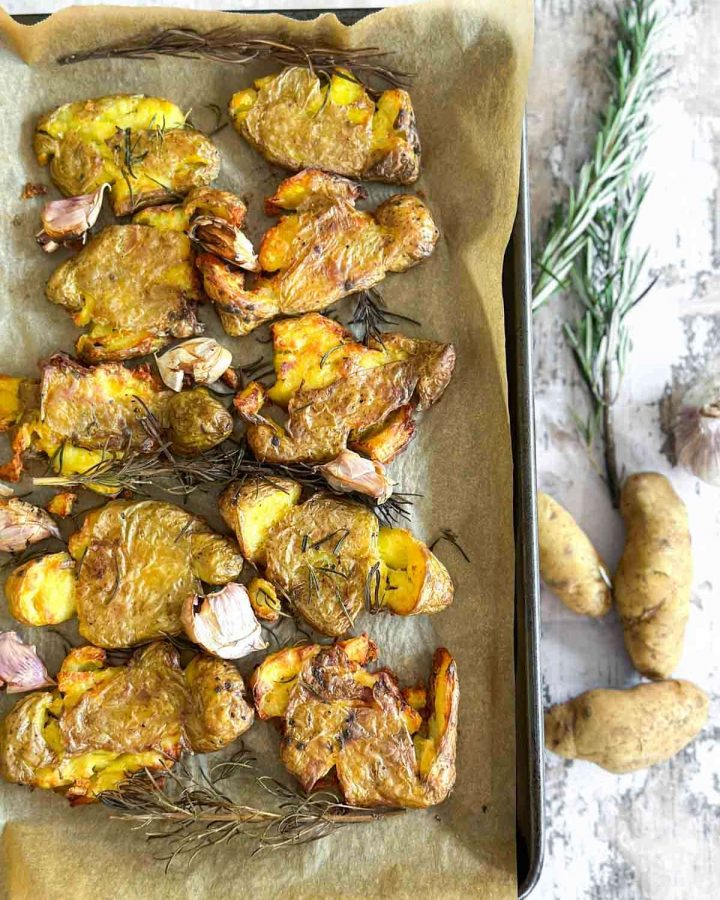
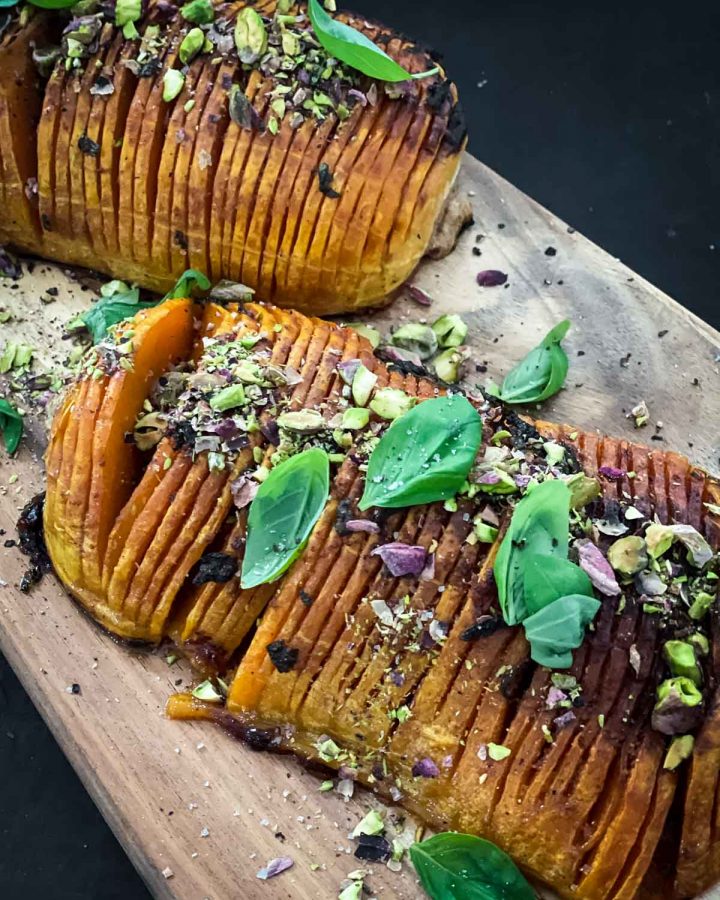
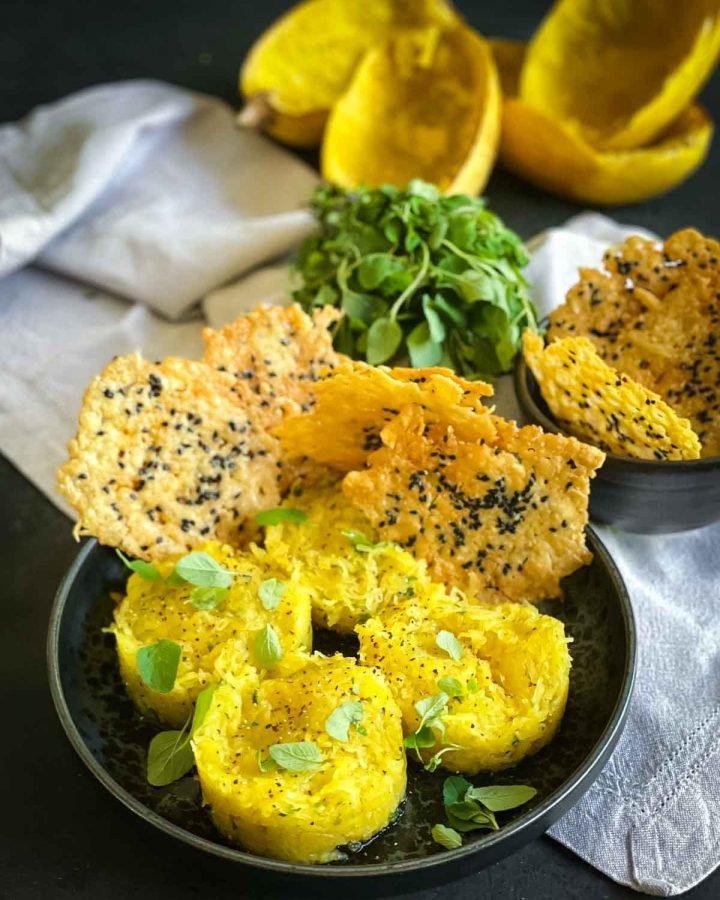
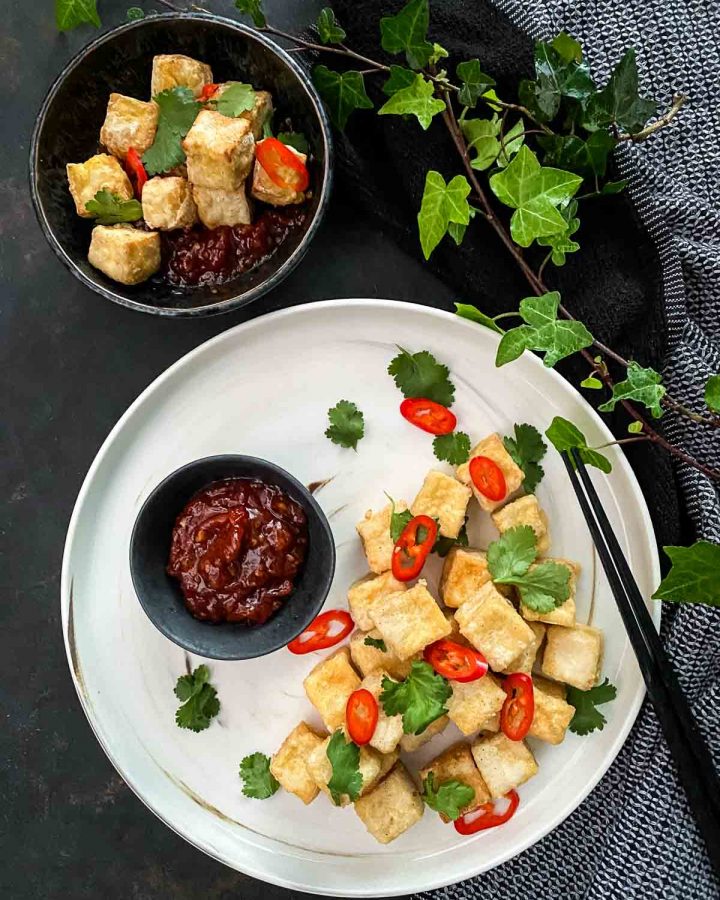

Leave a Review